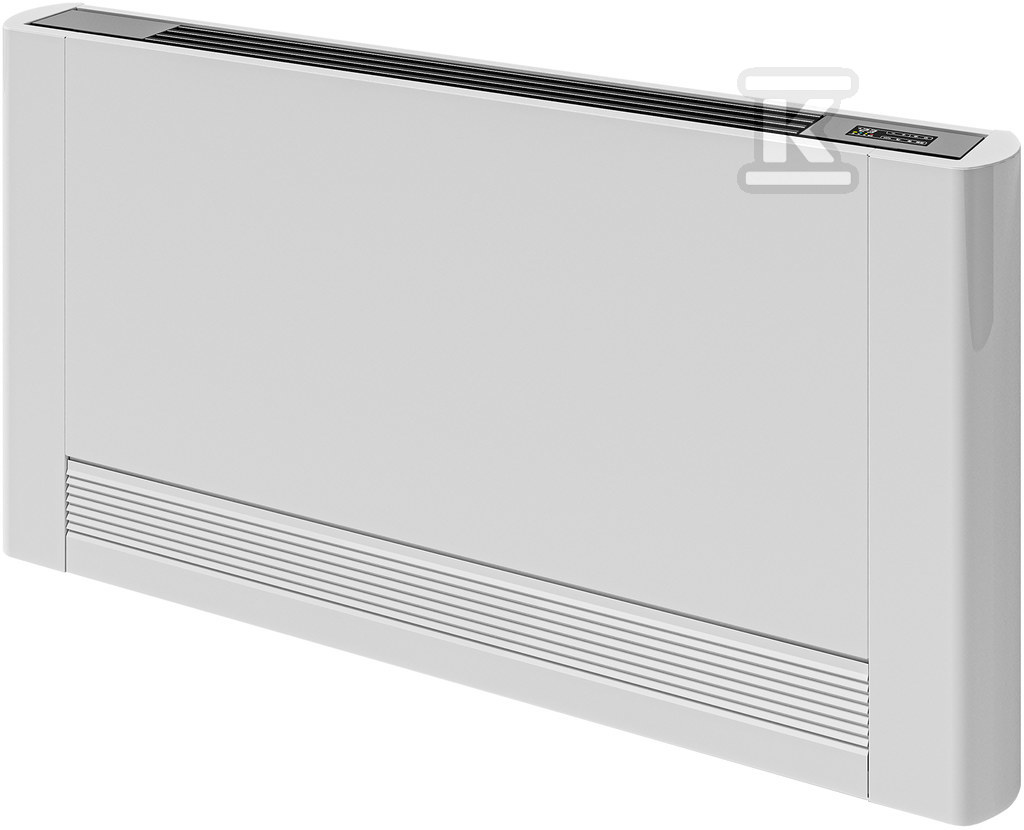The situation related to the drastic increase in heating prices does not leave investors with much choice, which is why owners of existing houses with outdated heating installations are increasingly deciding to modernize. It is estimated that in the last two years alone, over 200,000 Poles have decided to purchase and install a heat pump, also in existing buildings. This energy-saving heat source can drastically reduce heating costs, but... not always. Why? Because a heat pump alone will not change much if we do not look at the installation as a whole. We asked Purmo experts in what situations a heat pump will work well in modernized houses, what should be done and how to prepare so that the investment is not equivalent to a costly general renovation.
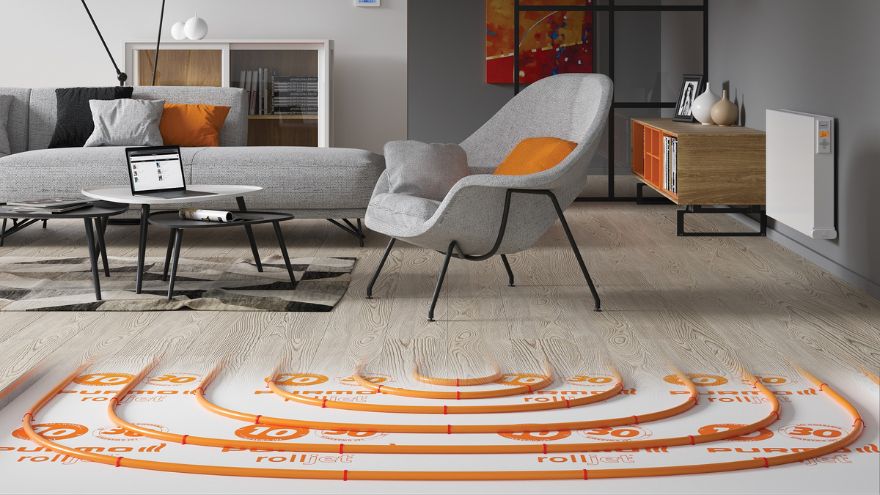
Check out the Purmo brand zone at the Onninen wholesaler
How to choose the right form of heating when thermally modernizing a building?
" When we decide to replace the heat source in an existing house, the basis is to analyze the current condition - and not only in terms of the most energy-efficient solution. On the market, we see more and more situations when the investor has decided to install a heat pump, but the bills are still high. And the question arises? Because a heat pump is like an engine, replacing it with a new, faster model will not always make the car go faster... " - says Piotr Krzemiński, Technical Sales Support Manager at Purmo .
How then should we approach the investment so that it brings the expected results, i.e. lower heating bills and thermal comfort for users? Assuming that we have a starting situation in which the heat pump is properly matched to the building (i.e. not too big and not too small), the house has adequate insulation, and heat does not escape through the walls, roof or leaky windows and properly set flows, we should focus on modernizing the existing installation. The solutions currently available on the market allow for quick and economic modernization, without the need for a general renovation of the house. Which ones?
New pump and old installation – where to start?
According to Purmo experts, the market has a common belief that a heat pump works most effectively with low-temperature heat emitters such as underfloor heating, which is popular in our country. However, in the case of modernization, i.e. when we install a heat pump in an existing house with a heating system installed years ago, this is not always the best solution.
" First of all, it is very rare that underfloor heating that meets the requirements of a modern heat pump has been installed in the entire house. If this was the case, then we have an ideal situation - all we need to do is adjust the system and make the appropriate settings. If not, and we would like to install "underfloor heating" in the entire house, the investor will have to face very high costs related to the renovation - tearing up old floors, installing heating and new floors, and the time it takes to complete it, during which the rooms cannot be used. Therefore, very few investors decide on such a solution, if a general renovation is not an option, " says Piotr Krzemiński.
There are several effective solutions and possibilities, but everything depends on the "initial state". The cheapest and simplest solution (!) will be to use existing radiators (if they are of good quality and class), move them to other rooms and buy new ones. But in this case, start with an analysis of the initial state. If we have an existing heating installation where the supply is currently 75°C and we want to bring it to 55°C, it means that we have to use radiators about twice as large.
Check out the Purmo brand zone at the Onninen wholesaler
How to properly match radiators to the building's needs? Purmo Calculator
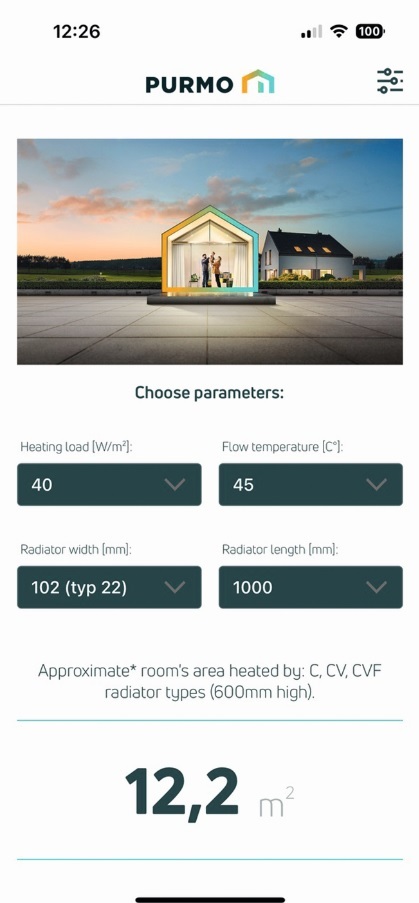 In this situation, you need to start by taking stock of what you have in your home and analyzing where you can move existing radiators and which ones need to be purchased and installed. This is important because it often happens that in older homes, radiators were selected with a "reserve" or the home was insulated in recent years.
In this situation, you need to start by taking stock of what you have in your home and analyzing where you can move existing radiators and which ones need to be purchased and installed. This is important because it often happens that in older homes, radiators were selected with a "reserve" or the home was insulated in recent years.
In such a case, a special application developed by experts will be very helpful for investors – Purmo Calculator (available in the mobile application for Android and IOS), which will help us calculate what radiators for a given power we need in a given room.
Let us remember that new models of radiators will not only drastically improve the thermal efficiency of the building, but also, due to their modern and attractive design, will perfectly emphasize the character of the interior (e.g. Delta or Tinos V radiators from the Purmo collection will work perfectly in modern and industrial interiors and give them a unique character).
We can also achieve a lot by working within the installation itself, e.g. by doubling the flow through the radiator at the same supply temperature, we can achieve 11% higher system efficiency. In combination with the appropriate selection of radiators, moving existing ones to other rooms and installing new ones, this can give us the desired effect. A necessary condition in this situation is the appropriate diameters in the existing installation, allowing such flow.
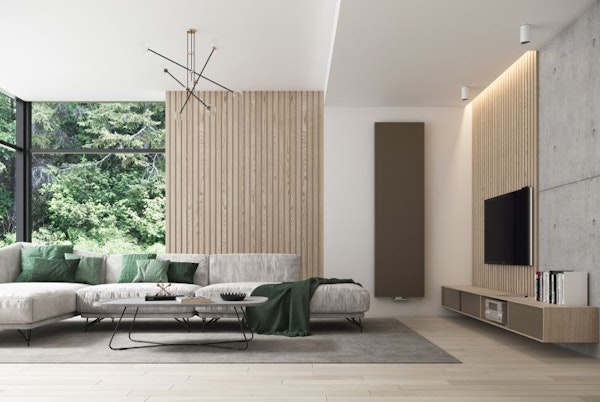
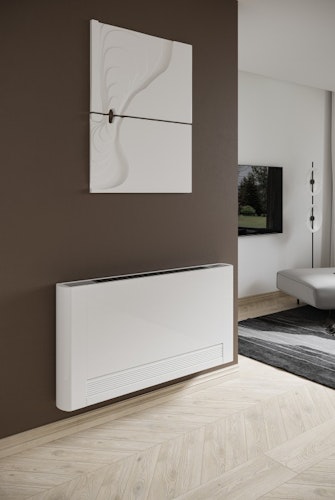
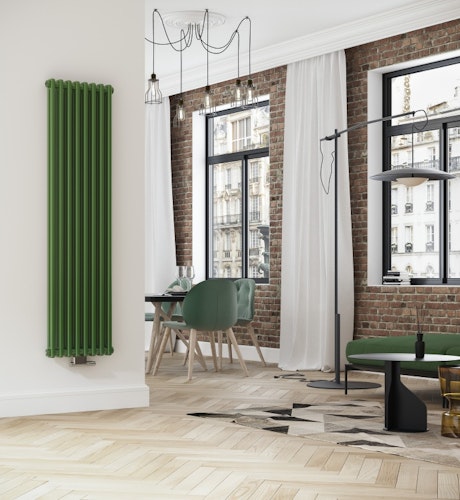
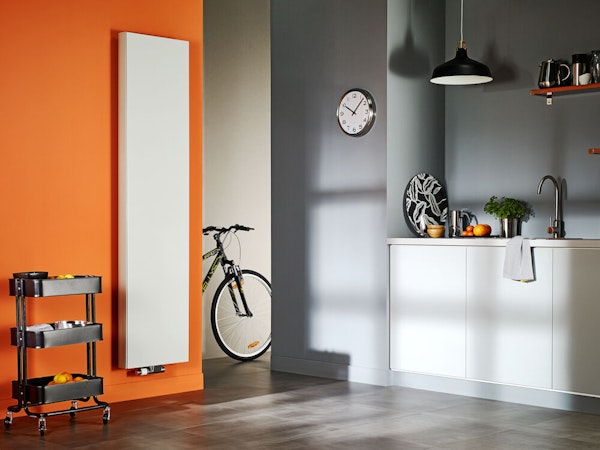
How to choose the right radiators for more demanding buildings?
In a situation where we need "stronger" solutions, it is worth considering the use of radiators with a special design with additional forced convection of the flow inside the radiator, which will increase the heating power by as much as 60%. Such an innovative and dedicated solution will soon appear in the offer of the market leader - Purmo.
" We are not talking about separate, modular "fans" available on the market, mounted above or below radiators, which for various reasons are a temporary solution and not very ergonomic. Compared to a dedicated device designed specifically for this purpose, they only minimally increase the efficiency of the radiator, very slightly increasing the temperature in the rooms, " says Piotr Krzemiński.
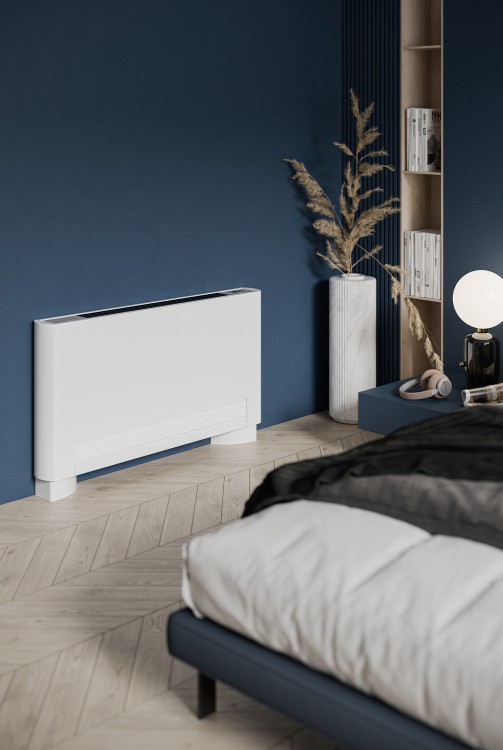 What if we need to increase the heating power two or three times and we don't have space in the house for such large radiators? Or if we want the underfloor heating and "radiator" heating to work with the same low water temperature in the installation? In such a case, the only possible solution will be fan coil units (e.g. Vido S2 by Purmo), which will not only effectively heat the room, but can also provide cooling on hot days. The solutions are therefore different, and replacing the heat source with a pump does not necessarily have to involve installing underfloor heating in the entire house. Renowned manufacturers offer various options that will also work perfectly in the case of modernization of an existing building.
What if we need to increase the heating power two or three times and we don't have space in the house for such large radiators? Or if we want the underfloor heating and "radiator" heating to work with the same low water temperature in the installation? In such a case, the only possible solution will be fan coil units (e.g. Vido S2 by Purmo), which will not only effectively heat the room, but can also provide cooling on hot days. The solutions are therefore different, and replacing the heat source with a pump does not necessarily have to involve installing underfloor heating in the entire house. Renowned manufacturers offer various options that will also work perfectly in the case of modernization of an existing building.
More tips and articles on energy-saving solutions from Purmo are available at: www.purmo.pl in the "Interiors" tab
